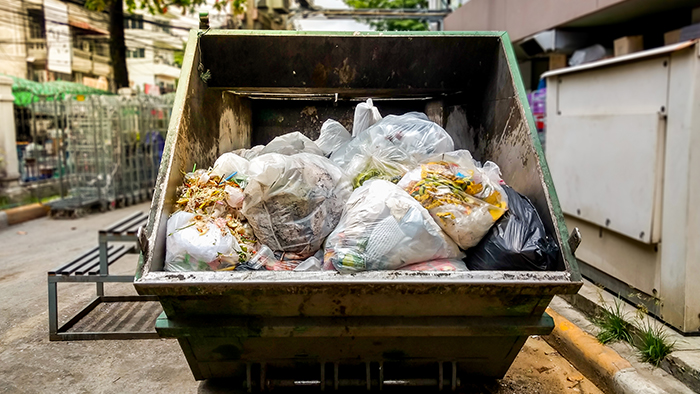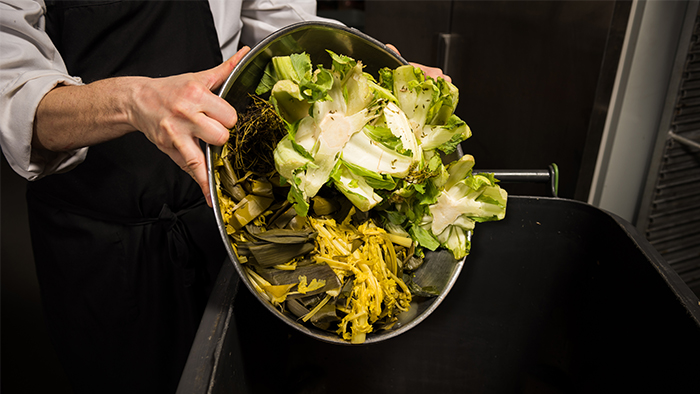Thanksgiving – a good time to think about food waste
- 11/19/2018

Retailers are key to reducing food waste because they are involved in some aspect in the entire flow of food from producers to retail operations to customers. Many retailers are stepping up to the plate to reduce waste, here are some of the top actions that your company can take to reduce waste.
1. Be Transparent: report on waste and your efforts, and consider setting public waste reduction goals
Corporations often shy away from setting public goals, it's too easy for missed goals to generate negative press. But this has not stopped mega-retailers, Ahold Delhaize, Kroger and Walmart from setting aggressive food reduction targets. Public goals signal a company's commitment and the support of their leadership. It also helps internally to keep attention and resources focused on the issue. Why, even the U.S. has a public food reduction goal-- to reduce food loss and waste by half by 2030 (to align with Target 12.3 of the UN Sustainable Development Goals).
Did you know that if food waste was a country, it would take third place behind the U.S. and China in contribution to climate change? This means that food reduction (under Scope 3 emission) can help you achieve your greenhouse gas reduction goals, the proverbial two birds with one stone approach.
2. Join your Peers

Coalitions and organizations can create momentum around an issue, achieve greater results than companies acting alone, and help implement industry-wide solutions. Member companies can also get resources and tools to help them solve challenges and receive positive recognition for their efforts. Groups may set national goals for their industry, ask members to make commitments, provide education, or conduct research and policy development. Examples include ReFed – a stakeholder driven nonprofit that is analyzing food waste to identify the most effective solutions, the Consumer Goods Forum Food Waste Initiative with a commitment to "halving food waste by 2025" and the Champions 12.3 executive coalition focused on "accelerating progress toward achieving SDG Target 12.3 by 2030."
3. Implement or turbo charge your waste reduction programs
If you don't have a strong program for reducing food waste or you are not sure if your current efforts are working, now is the time to get moving. A good program can not only reduce food waste and greenhouse gases, it can save money and help build a positive reputation. In other words, a good program is a win-win for your company, your customers, and the planet. Now that's triple bottom line thinking!
There are many resources for getting started or optimizing your program. The U.S. Environmental Protection Agency's Food Recovery Hierarchy can help guide your thinking. The Center for Retail Compliance (CRC) also has links resources on the RCC Waste Page. It may help to look at your operations through the lens of the circular economy. For more information about building an economy that is "restorative and regenerative" visit the Ellen MacArthur Foundation for information, resources and inspiration.
Don't forget that your vendors are a valuable resource. They see challenges and solutions across many companies and can be part of a solution.
4. Don't forget your customers
Another bad statistic--U.S. consumers throw out about one pound of food per person per day. As a retailer, you are in a unique position to help your customers reduce this waste and save money. Efforts like improving packaging and food date labeling and education on the issue can help reduce consumer food waste. With consumer's purchasing decisions increasingly influenced by sustainability factors, efforts to help them reduce food waste can improve customer relationships and loyalty. (World Resources Institute, Can Reducing Food Waste Solve the Customer Loyalty Problem?)
The CRC Retail Sustainability Leadership Model can help you design and implement your overall sustainability program. The RCC Waste Page has more information and resources on food waste.
Tiffin Shewmake, Retail Compliance Center


